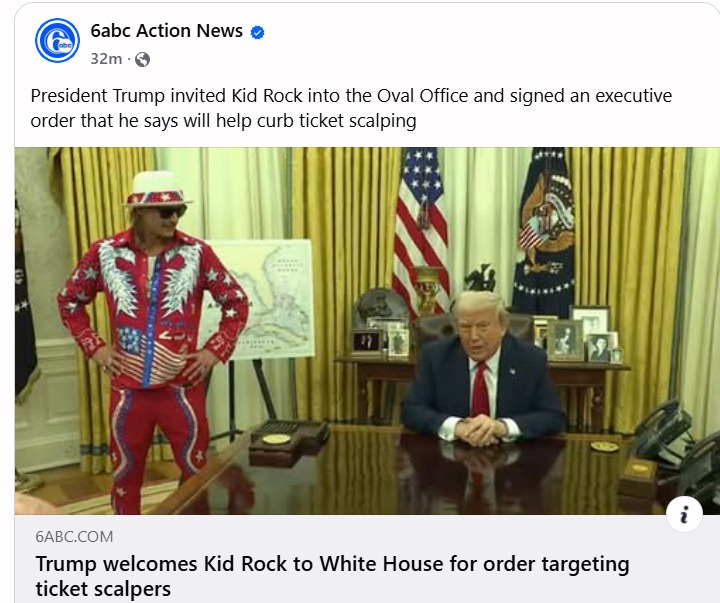Questionable-I.mp3
Questionable-I.mp4
Questionable-Unplugged-Underground-XVII.mp3
Questionable-Unplugged-Underground-XVII.mp4
Questionable-intro.mp3
[Intro]
His actions
(Questionable)
No satisfaction
(Inevitable)
[Verse 1]
Like a madman
Ranting and raging
Doesn’t understand
The age we’re in
[Chorus]
His actions
(Questionable)
No satisfaction
(Inevitable)
[Bridge]
Doesn’t have a clue
(As to what is true)
Doesn’t have a clue
(As to what to do)
[Verse 2]
Like a mad clown
He screams and shouts
Dragging us down
Should give you doubts
[Chorus]
His actions
(Questionable)
No satisfaction
(Inevitable)
[Bridge]
Doesn’t have a clue
(As to what is true)
Doesn’t have a clue
(As to what to do)
[Chorus]
His actions
(Questionable)
No satisfaction
(Inevitable)
[Outro]
Doesn’t have a clue
(As to what is true)
What shall we do?
A SCIENCE NOTE
President Trump’s policies and actions have had a significant negative impact on the climate crisis in several key ways:
1. Withdrawal from the Paris Agreement
One of Trump’s most widely criticized actions was his decision to withdraw the U.S. from the Paris Agreement in 2017. The Paris Agreement aimed to limit global temperature rise to well below 2°C, with a goal of 1.5°C, by reducing global greenhouse gas emissions. By pulling out of the agreement, Trump effectively weakened global climate efforts, sending a signal that the U.S. was not committed to international climate cooperation. This decision undermined global momentum and reduced pressure on other nations to meet their emissions reduction targets.
2. Rollback of Environmental Regulations
Trump’s administration rolled back numerous environmental protections, including key regulations aimed at reducing carbon emissions, improving fuel efficiency, and limiting pollution from industries. Some of the most notable rollbacks included:
-
The Clean Power Plan, which aimed to cut emissions from power plants.
-
Reversal of fuel economy standards for cars and trucks, which would have reduced oil consumption and carbon emissions.
-
Weakening of air quality standards, including those related to emissions of methane, a potent greenhouse gas.
These actions have contributed to an increase in fossil fuel consumption and higher emissions from the energy, transportation, and industrial sectors.
3. Support for Fossil Fuels
Trump’s policies were heavily supportive of the fossil fuel industry. His administration expanded drilling and extraction of oil, gas, and coal, including opening up public lands and offshore areas to new exploration. Notably, Trump approved the construction of the Keystone XL and Dakota Access pipelines, both of which would have facilitated the transportation of oil and gas extracted through controversial methods like tar sands and fracking. These policies not only increased carbon emissions but also threatened local ecosystems and indigenous lands.
4. Decreased Investment in Renewable Energy
Under Trump’s leadership, the federal government reduced funding for clean energy research and development. The administration prioritized fossil fuel subsidies and cut support for renewable energy technologies such as wind, solar, and energy storage. This hindered the transition to a clean energy economy and slowed efforts to reduce dependence on fossil fuels.
5. Climate Change Denial and Misinformation
Trump consistently downplayed the severity of the climate crisis and undermined the work of scientists and experts. His administration appointed climate change skeptics to key positions, including at the EPA and the Department of Energy, and dismissed scientific reports on climate change, further stalling meaningful climate action. Trump’s rhetoric and public statements often contradicted established scientific consensus, creating confusion and a lack of urgency among the public.
6. Weakened International Leadership
As the leader of one of the world’s largest economies and greenhouse gas emitters, the U.S. under Trump lost its role as a climate leader. His administration’s lack of commitment to climate action gave other countries a pretext to delay or dilute their own efforts. This shift in leadership weakened international climate cooperation and slowed down the pace of global emissions reductions.
7. Environmental Deregulation and Increased Pollution
Trump’s approach to environmental policy was grounded in deregulation, which often led to increased pollution. For instance, the EPA rolled back restrictions on toxic pollutants and weakened protections for waterways and public lands. The deregulation of environmental safeguards allowed industries to pollute more freely, leading to an escalation of environmental degradation and health risks that further compounded the climate crisis.
Conclusion
In sum, President Trump’s policies and actions weakened the U.S. commitment to global climate efforts, reversed environmental protections, and supported the fossil fuel industry at the expense of renewable energy and climate action. His administration’s focus on deregulation, climate change denial, and disregard for scientific consensus not only delayed progress on the climate crisis but also contributed to higher emissions and further environmental degradation. These actions have had long-lasting negative consequences for both the U.S. and the global fight against climate change.
